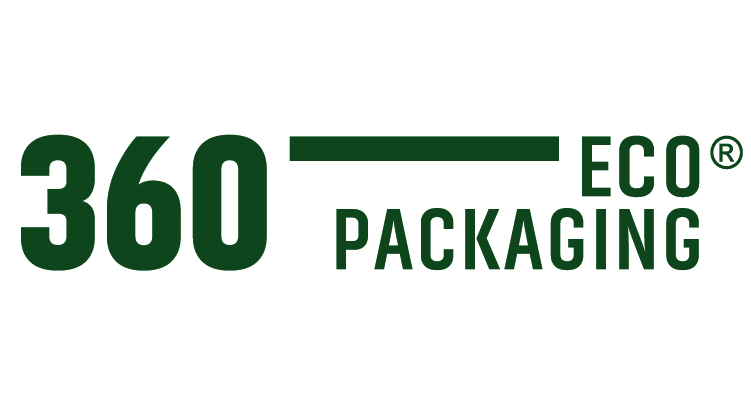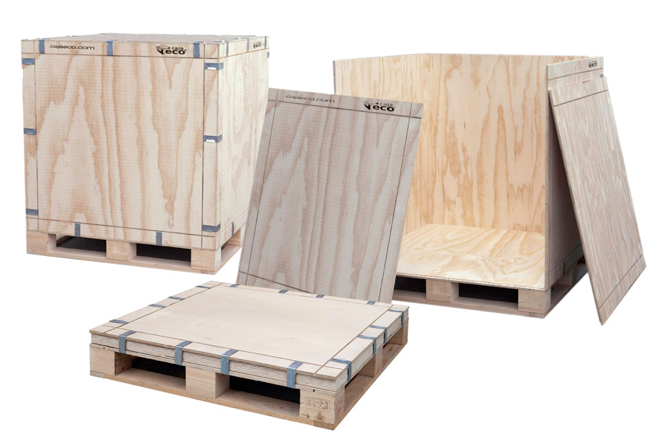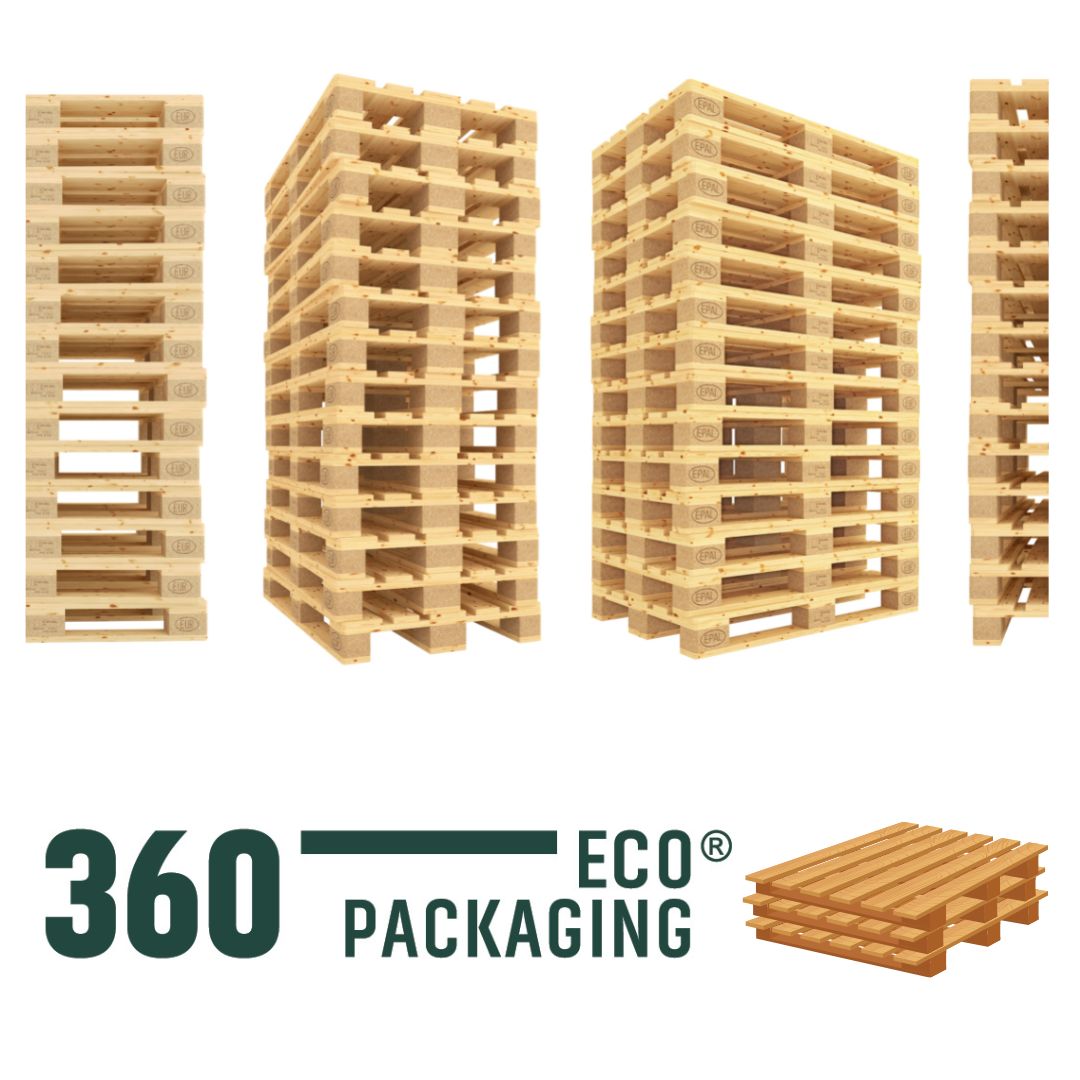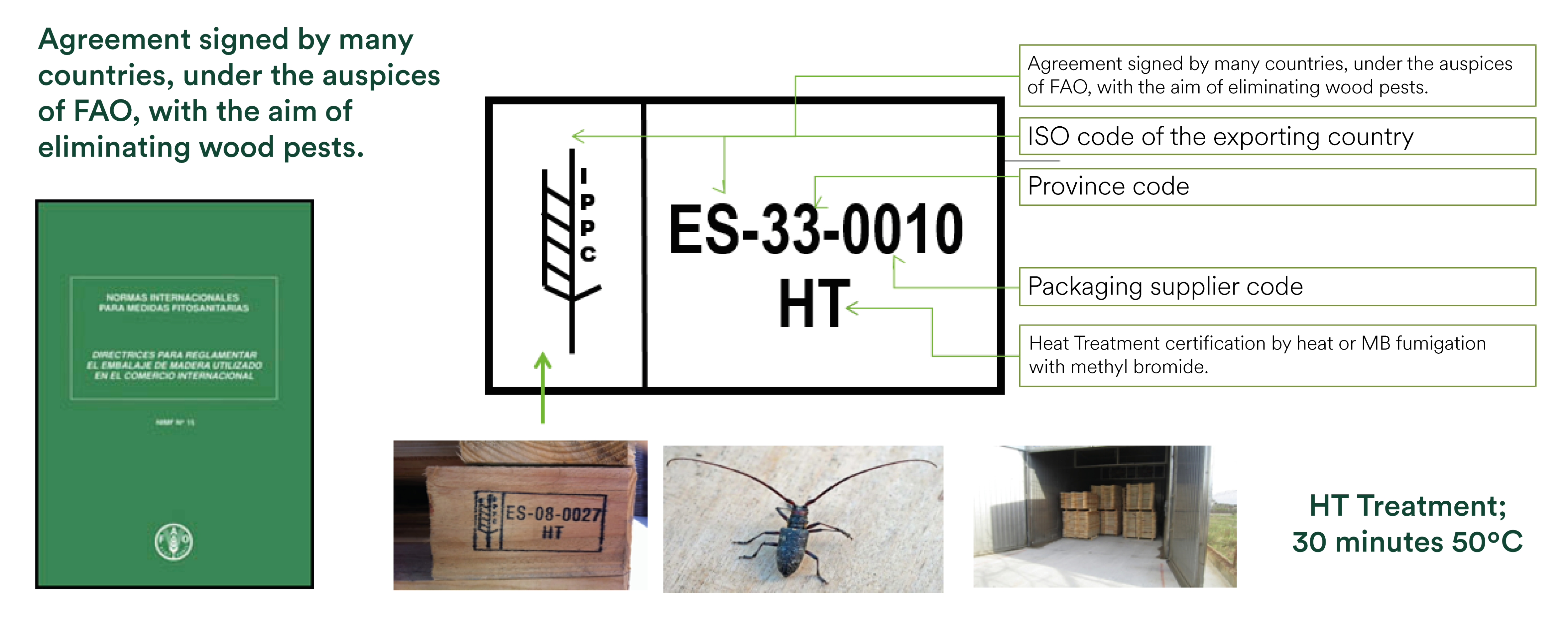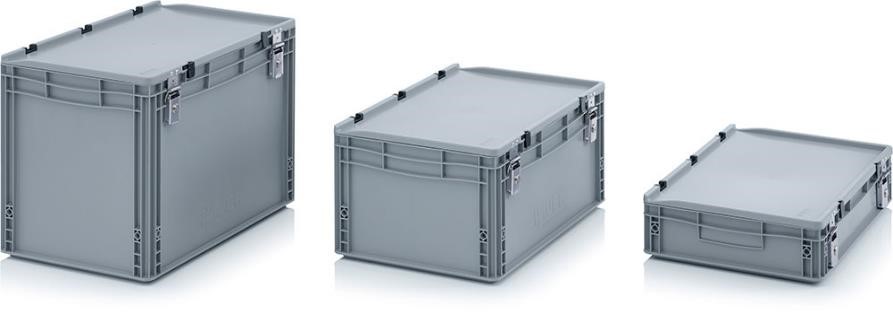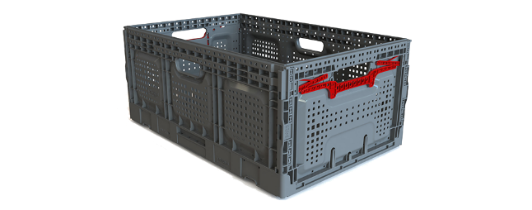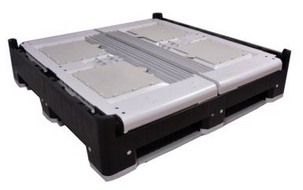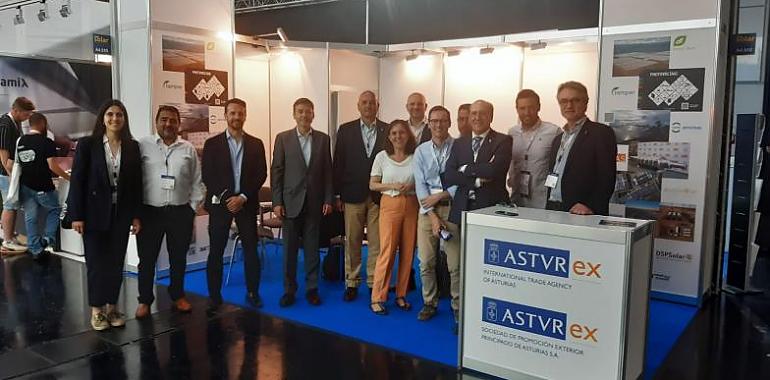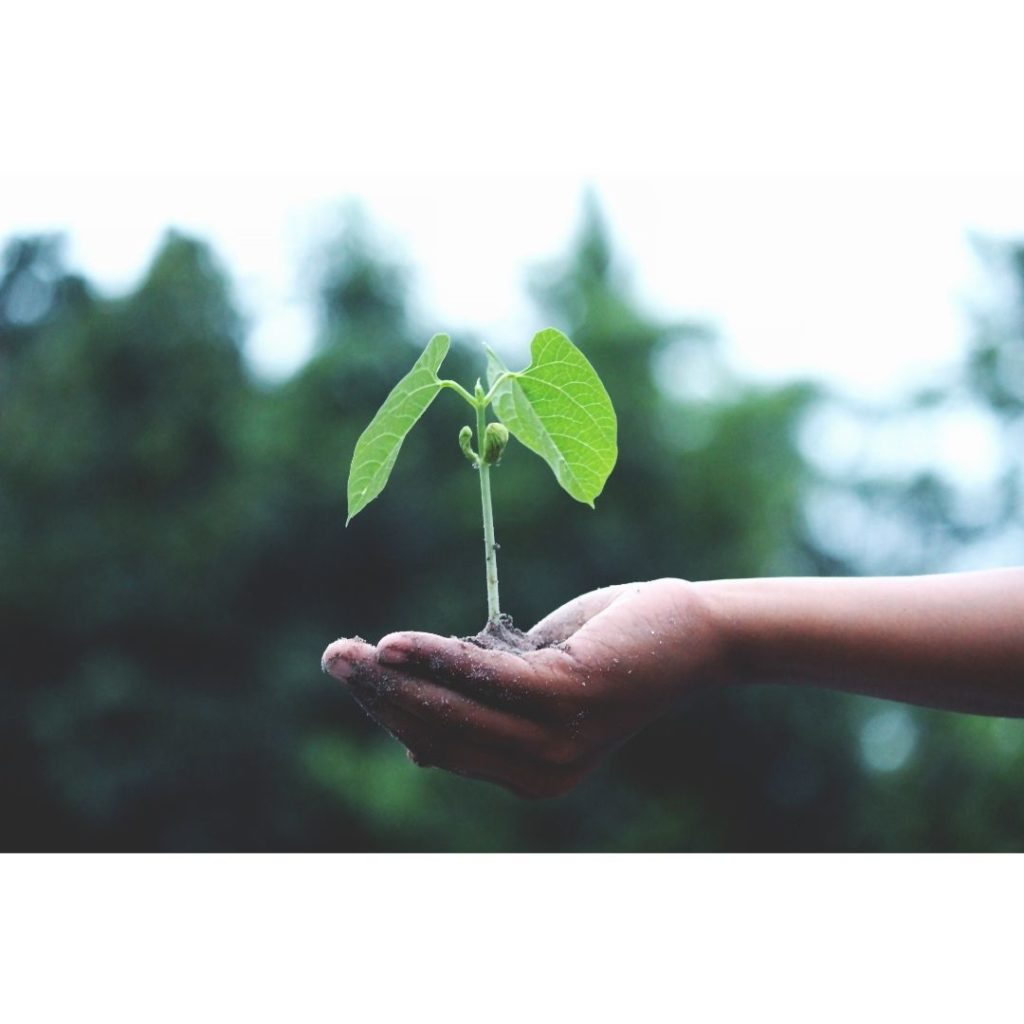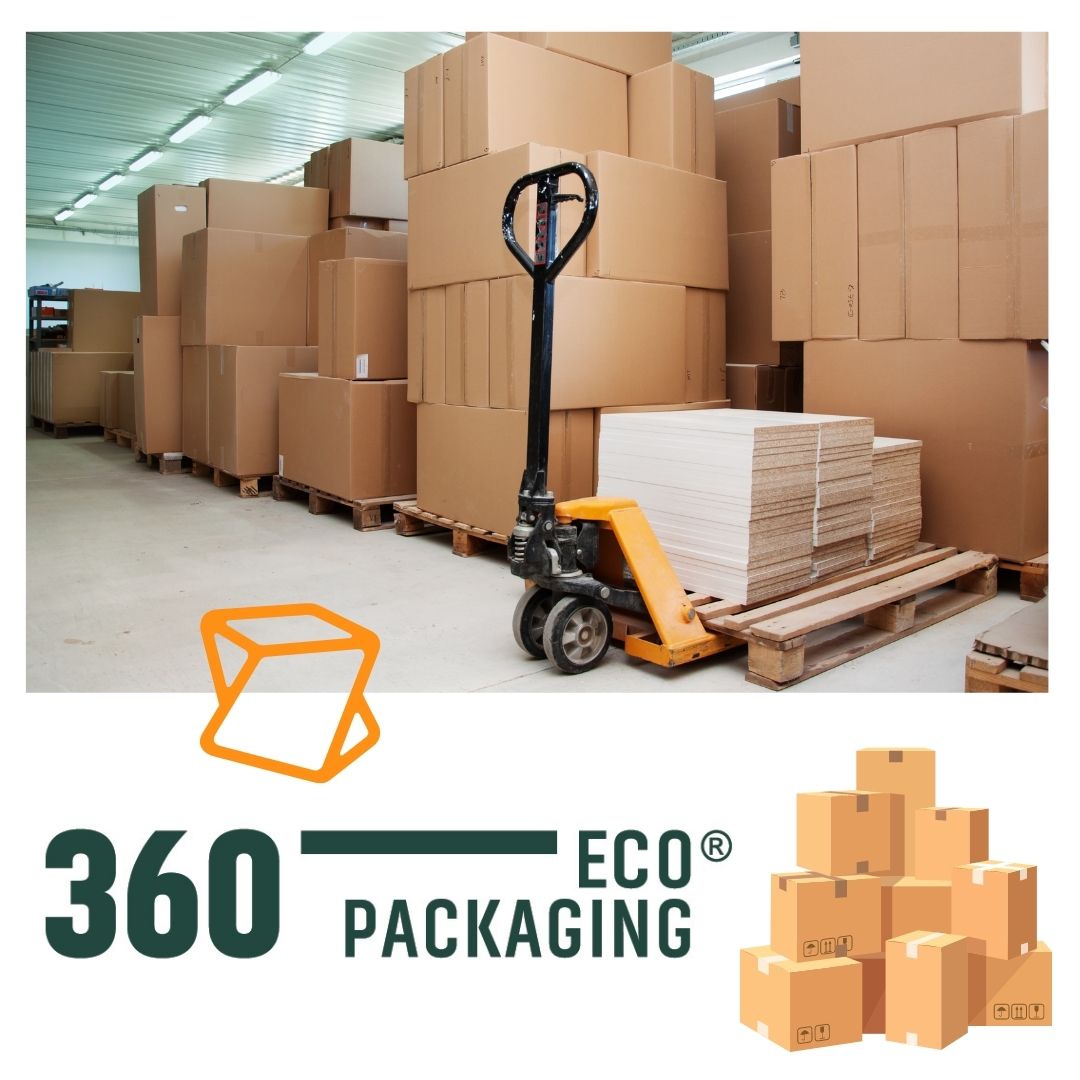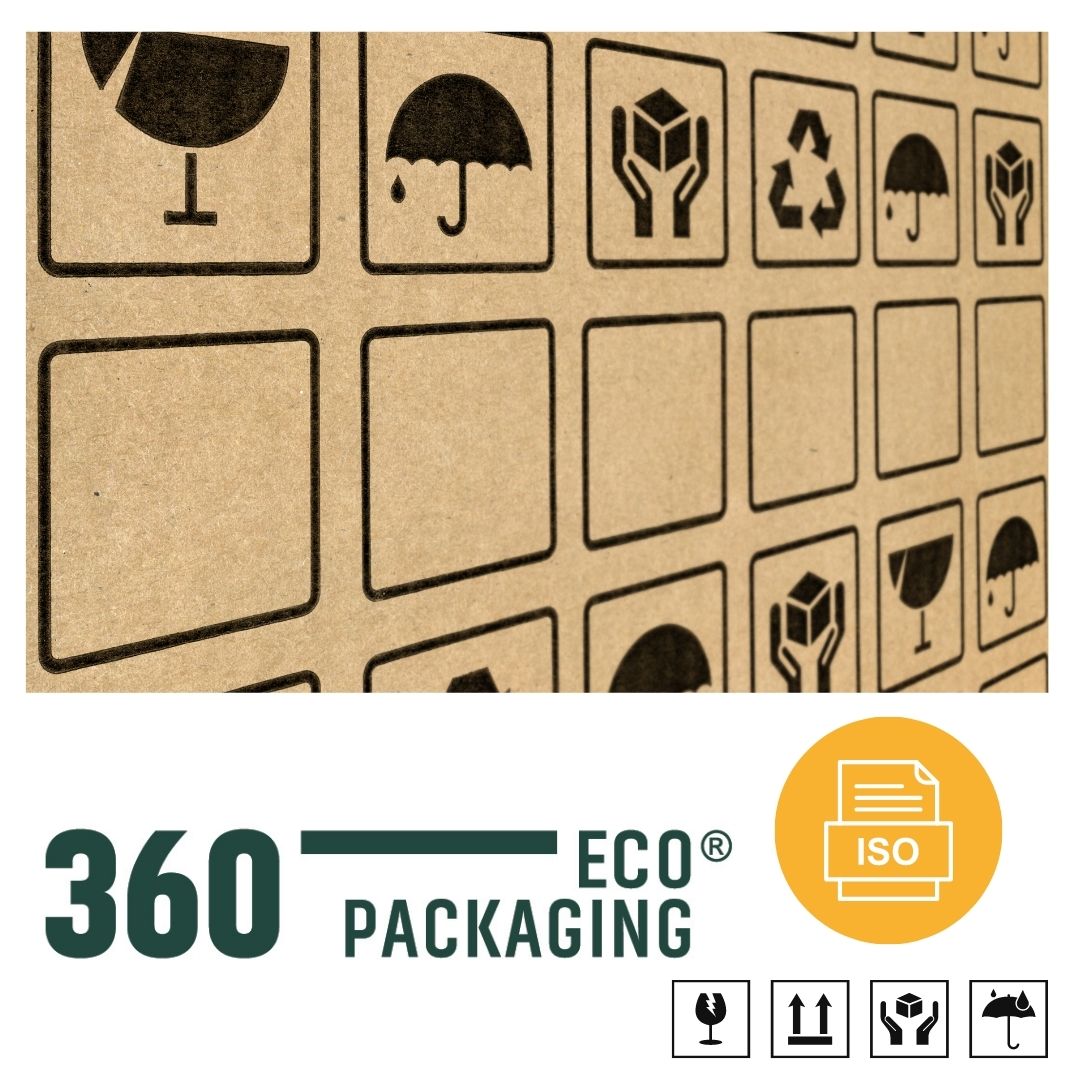The way companies distribute their products is constantly evolving. Aspects as diverse as legislation, profitability, innovation and consumer preferences condition the changes to which logistics processes are subjected in order to meet quality, safety and efficiency requirements.
As far as packaging design is concerned, everything indicates that packaging in the year 2023 will continue to follow the path of sustainability it has taken in recent years, albeit under the imperative of regulations that will entail new fiscal obligations.

As manufacturers of packaging solutions, we review the main innovations that 2023 will bring to the packaging sector.
Plastic tax
The Law on Waste and Contaminated Soils for a Circular Economy, which was passed last year, aims to improve the management of waste generated in Spain. Among other measures, it has established a “green tax” on plastic, in force since January 1.
According to this, all non-reusable primary, secondary or tertiary packaging containing plastic will be subject to a charge of €0.45/kg. This amount may be reduced if part of the product comes from recycled material.
Ecodesign
Spanish companies have been working for years to incorporate sustainability into their production processes in order to reduce their environmental footprint.
In fact, last year more than 2,000 Spanish companies implemented 4,632 sustainable design measures to reduce the environmental impact of their packaging.

Achieving the EU’s reduction, reuse and recyclability objectives means knowing the principles of ecopackaging and knowing how to apply them to the design and development of sustainable packaging.
The trend will continue to be to opt for packaging that, with the minimum amount of material possible, guarantees product protection throughout the distribution chain, reducing environmental impact and the economic cost associated with transportation, while meeting consumer expectations.
Growth of online commerce
Online commerce will continue to grow, which will have an impact on packaging and logistics. Demand for packaging solutions such as corrugated boxes and products for protecting and cushioning goods will increase, and new specialty packaging and customized shipping options will emerge.
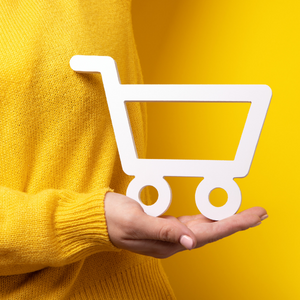
Smart packaging
The use of technology applied to the field of packaging is driving a new generation of packaging. We are talking about smart packaging, which is increasingly being applied in the food, pharmaceutical and cosmetics industries.
Packaging that will change color if the product is about to expire, or that emits particles for preservation, will see the light of day throughout the year.
It is becoming increasingly common to integrate smart labels, RFID, QR codes and NFC chips into packaging. These devices provide more and better information on product quality, storage conditions and traceability.
Automation with “Pick and Place” robots will also be extended to more industries in order to bring more efficiency and flexibility to packaging processes.
What do you think of these changes, and would you add any more to the list?
![]()
